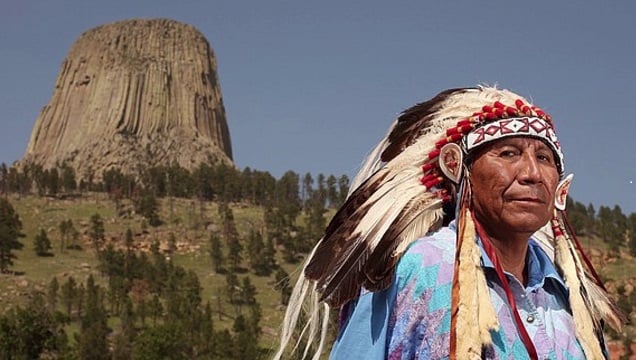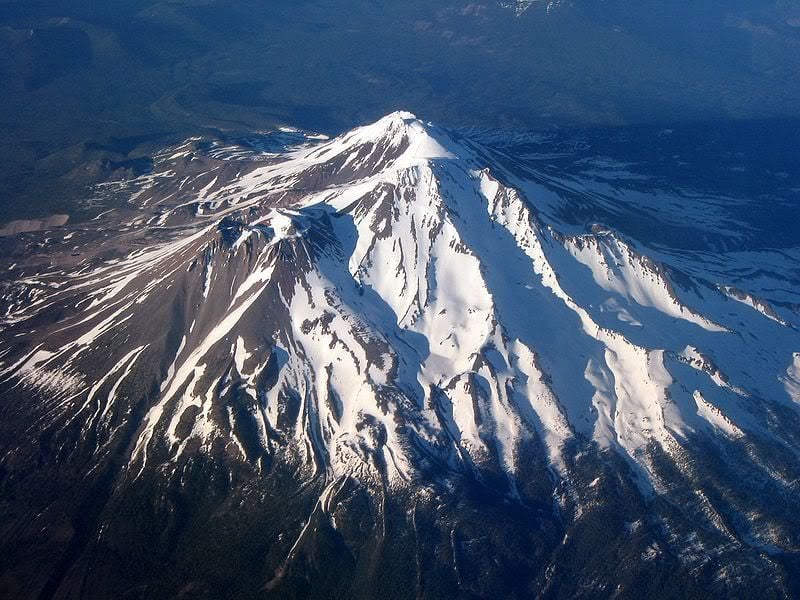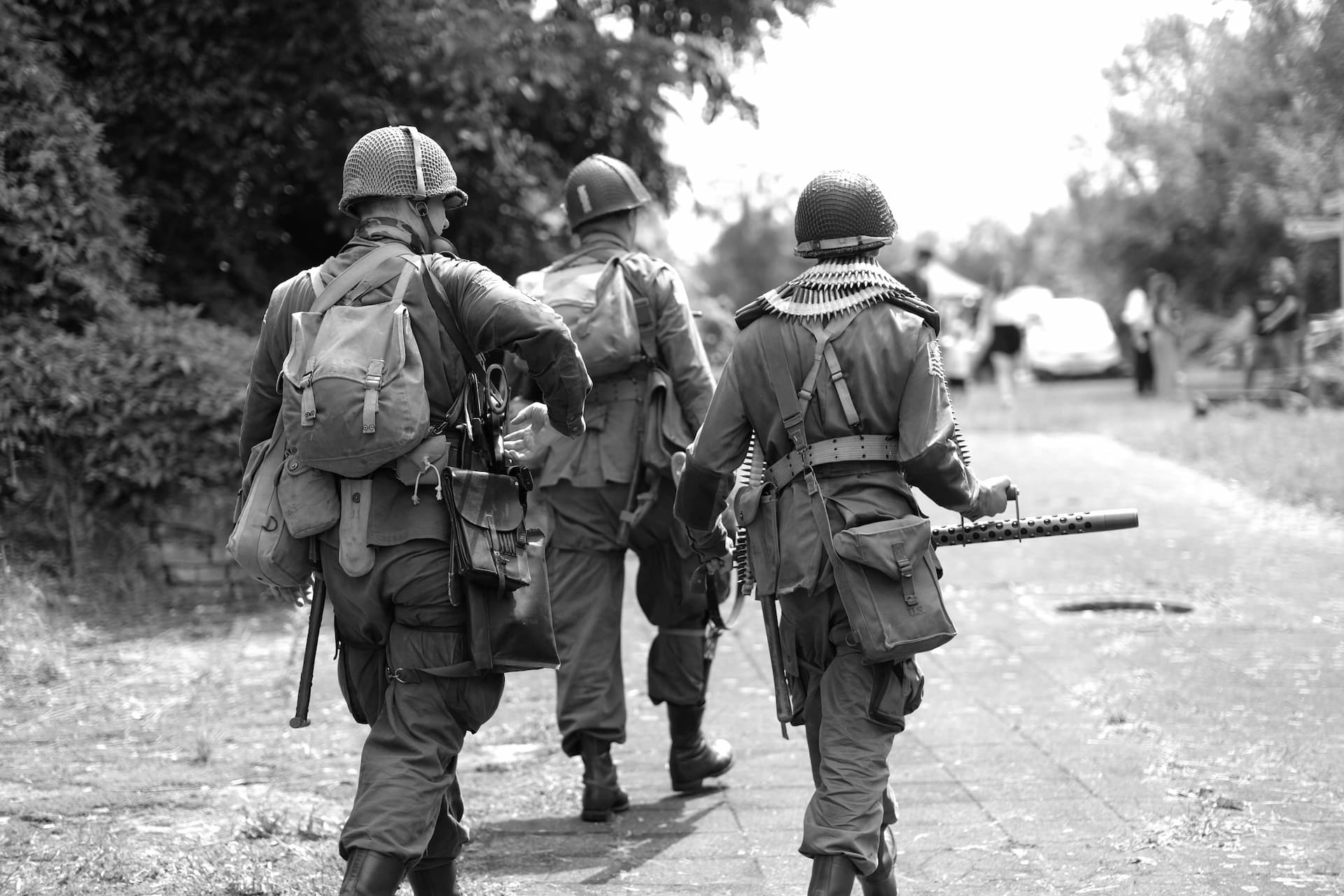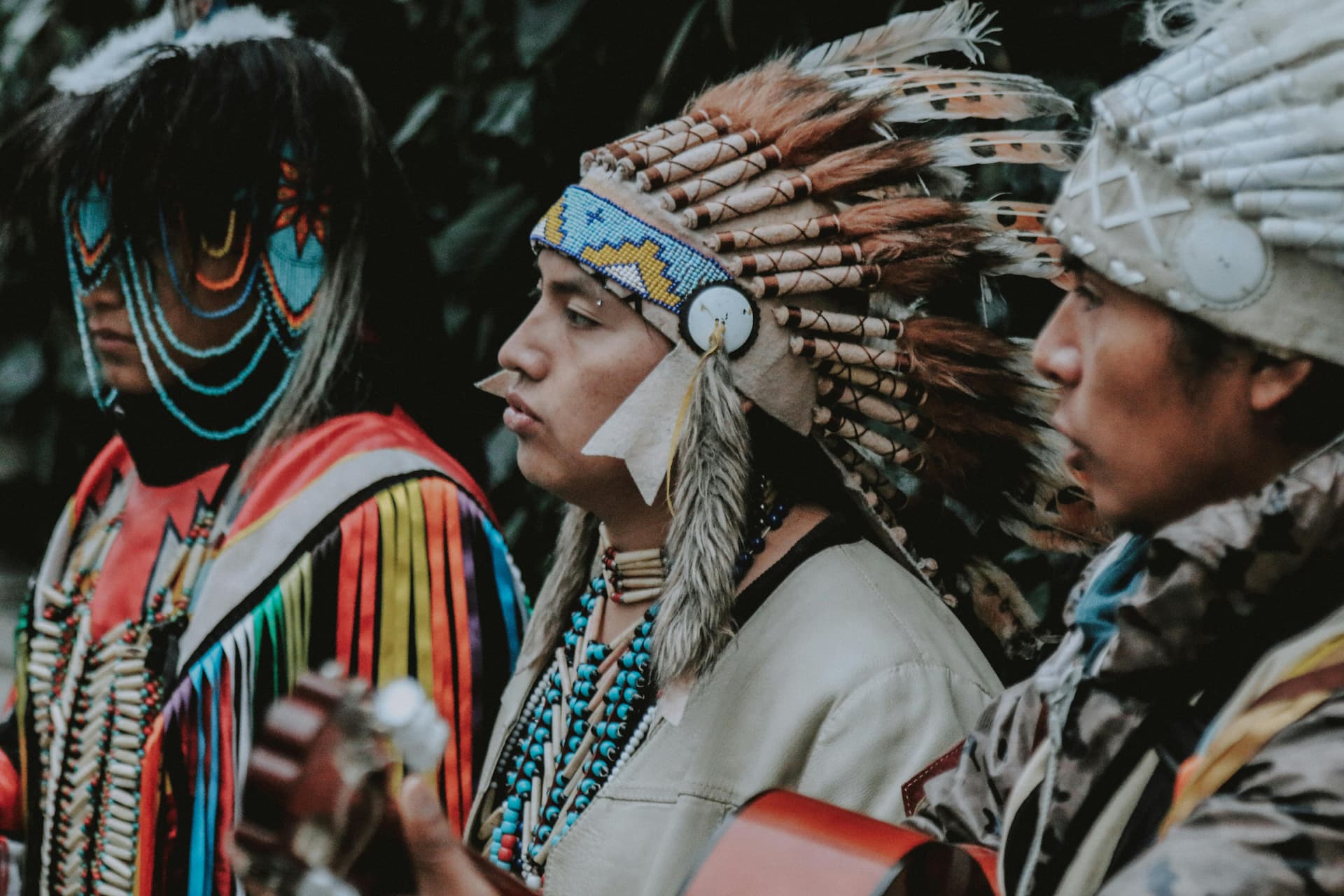American Indian Sacred Places

( – promoted by navajo)
Indian people have a great variety of different places which are considered to be sacred. Some of these are structures which Indian people have constructed; some of them are places associated with origin stories and oral traditions; some of them are places which have been used for ceremonies and other spiritual activities.
Non-Indians sometimes have difficulty in understanding and “seeing” the sacredness that Indian people attach to certain places. Often this is due to a difference in the spiritual experiences of Indians and non-Indians.
Europeans came to the Americas as immigrants bringing with them their religions. As newcomers their religions did not have historic ties to the land and sacred space was the area which they enclosed in their churches. When these churches were abandoned – no longer used for worship by their congregations – the space they enclosed was no longer sacred and churches, therefore, could be converted to secular uses. As a result, today there are former churches which are now stores, houses, medical offices, bars, and so on.
Indian people have often enclosed their sacred spaces in a different manner: natural features, such as rivers, islands, cliffs, and mountains, are used to enclose these places. Unlike the European churches, these Native American sacred places are still sacred even when the people themselves have been moved to another location and are unable to regularly perform ceremonies at these places.
Among Indian people, with their long association with the land, there are locations – such as geographical features – which have a prominent place in their oral tradition and in their origin stories. Some of these are places where acts of creation occurred prior to the existence of human beings and others are places where the activities of ancient ancestors took place. Once a place has become a part of the sacred landscape, it is always sacred. Unlike the European churches, which can lose their holiness when their congregations abandon them, Native American sacred places continue to be sacred even after the people no longer live in the area.
The oral tradition of the Shoshone tells of a time when a young hunter chased a white buffalo into a lake. Since that time the spirit of the white buffalo has lived in the bottom of Bull Lake. For this reason, Bull Lake is a sacred place and Shoshone people who seek to make a spiritual connection with the spirit world will spend the night on the banks of the lake.
Bear Butte in South Dakota is sacred to the Cheyenne because of its association with the great prophet Sweet Medicine. The Cheyenne call this place Noahavose. On their historic migration to the Plains under the leadership of Sweet Medicine, a great door opened in Noahavose. Sweet Medicine was called inside by Maheo (the All Being, the Creator). For four years Sweet Medicine remained in this lodge within the mountain and was instructed in the codes of law and behavior. Before returning to his people, Sweet Medicine was then given four sacred arrows. These four sacred arrows form the core of the sacred Cheyenne medicine bundle. Thus, Bear Butte is the holiest site in the Cheyenne world.
In Nebraska there are five sacred hills which are called pahuk by the Pawnee. It is in these hills that the nahu-rac or animal spirits live. It was the nahu-rac who taught the Pawnee to build their earthlodges. The nahu-rac have continued to help the Pawnee and provide medicine people with knowledge and power. The fifth, and most holy of the pahuk lies just north of Cedar Bluffs.
It was at this fifth pahuk that a Pawnee father once sacrificed the life of his son. The animal spirits, however, brought the boy back to life so that he could deliver messages from Tirawa (the Creator) to the Pawnee elders.
Among the Hidatsa in North Dakota, the spirits destined to become human beings inhabit certain hills which are known as sacred hills. Each of these hills is an earthlodge in which babies live and are cared for by an old man. One of these hills is near the mouth of the Knife River, one is on the Heart River, and one is east of the Little Missouri River. As with other sacred sites, Indian people often leave small offerings at the sacred hills. Women who want to bear children put toys at the foot of these hills.
Some Hidatsa remember things from the time when they were living in the baby hill before they were born. Sometimes they remember the other babies who were there with them.
In Arizona, the San Francisco Peaks rise high above the western edge of the Colorado Plateau. It is within these peaks that the katsinas – spiritual beings important to the Hopi and the Zuni – live. In the Hopi villages, some 80 miles away, the peaks stand out as a symbol of Hopi spirituality. For many centuries, the Hopi have made pilgrimages to the San Francisco Peaks, leaving offerings for the katsinas who live there. For the Hopi, San Francisco Peaks are a shrine. For many non-Indians, the San Francisco peaks are a place for skiing and mining, activities which the Hopi do not view as compatible with the sacred nature of the place.
The Sweetgrass Hills in Montana rise more than 3,000 feet above the surrounding plains. For many tribes, this area is important in their origin stories and for more than 10,000 years, Indian people have been conducting ceremonies in this area. The Sweetgrass Hills – the name comes from a mistranslation of the Blackfoot name for the area: Sweetpine Mountains – are sacred to many tribes including the Blackfoot, Kootenai, Gros Ventre, Assiniboine, Salish, and Cree. This is an area which is used for many different ceremonies, including the vision quest and the sun dance. In addition, many of the plants which are important in tribal spirituality grow in the area. There is no single place in the Sweetgrass Hills which is sacred: the whole area is sacred.
Indian people, like the Europeans, also build structures to enclose sacred places. Perhaps the most common of these is the sweat lodge. The sweat lodge is not a structure which soars into the heavens nor is it a structure which is intended to impress people with its size. Instead, it is a simple structure, usually small, which allows the participants to make contact with Mother Earth. The area enclosed by the sweat lodge and the area between the sweat lodge and the fire pit is sacred space. It has been made sacred by its use. Like the sacred area enclosed by a Christian church, this is an area which remains sacred even when no ceremonies are being conducted.
An Indian sacred place may be enclosed very differently than that of a Christian church. One example of this is the Bighorn Medicine Wheel in Wyoming. The medicine wheel was originally constructed about 1500 years ago. The wheel is constructed of limestone rocks and is about 80 feet in diameter. It has 28 spokes radiating out from a central cairn. In addition to the wheel, there are a number of vision quest sites incorporated into it. Unlike a church, it has no roof, but still the stones enclose a sacred place.
The Medicine Wheel is a sacred site to many tribes, including the Cheyenne, the Crow, and the Shoshone. According to Crow oral tradition, the early 19th century leader Red Crow did his vision quest at the Medicine Wheel. He was visited by the little people who took him into the earth and gave him his medicine. Later in life, as he lay dying, he told his people that his soul would return to the Medicine Wheel after his death and that the people could talk to him there.
For many Indian people there are places which are sacred because they are resource areas. It is in these areas that people come to gather the medicine plants which are important to their ceremonies and to their daily ceremonial lives. In some resource areas, people mine the minerals from Mother Earth which are used in making spiritual face paint.
One of the important resource areas for many Indian people is the area in Minnesota in which catlinite for pipes is mined. This red stone – considered by many to be formed from the blood of an ancient people – has been mined for thousands of years by many different tribes. This area has long been considered a sacred area, and as such, it was not uncommon for people who were at war with one another to be peacefully mining the stone side-by-side. As a sacred area, tribal differences were put aside. Today a part of this area is enclosed in Pipestone National Monument.
Throughout North America there are places which are felt to be sacred because of rock art or rock writing. These are areas which have pictographs (images painted on the rock) or petroglyphs (images which are carved into the rock).
In order to understand rock art, it is important to realize that from an Indian perspective the rock is a living thing. It has a soul and therefore it has the ability to talk to those who are willing to hear it. Rock art is not graffiti left by Indian explorers: it is a spiritual union with the rock. While many non-Indian “art” collectors have removed rock slabs containing petroglyphs and pictographs so that they can be displayed in galleries, museums, and homes, in so doing they have destroyed the sacred nature of this work. Pictographs and petroglyphs are more than markings on the rock: they are spiritual symbols which are associated with the rock and with the place where the rock is located.
One well-known petroglygh is Writing-on-Stone, a provincial park in Alberta, Canada. Along a seven kilometer stretch of the Milk River, sandstone outcrops have been used for petroglyphs. Among the Blackfoot, this place is known as the “place of mystery” and the place “where the ghosts live”. According to Blackfoot elders Bird Rattle and Split Ears, the writings are messages from the spirit world which can be read by medicine men. According to these elders, the messages frequently changed overnight to warn them of enemies in the area, to tell them the location of the buffalo herds or strayed horses, and to foretell future events.
Among the Anishinabe people (also called Ojibwa or Chippewa), elders would take young people to the pictograph and petroglyph sites. There the elders would read the meaning of the symbols to the young people just prior to their vision quest.
In the Southwest, Hopi oral tradition tells of wandering clans who left a record of their journeys carved in stone. As a consequence, there are many rock art sites in the Southwest which are sacred to the Hopi.
Another kind of sacred place is the trail or pilgrimage route. America was never a wilderness: it was a land which was crisscrossed by many different kinds of Indian trails. Many of these trails were – and some continue to be – important in Indian spirituality.
The Lolo Trail in Montana and Idaho was marked with rock cairns. Nez Perce travelers following the trail would pause to speak to the spirits and to add stones. On their return from the Pacific Ocean in 1806, Lewis and Clark and the Corps of Discovery was led through the Bitterroot Mountains via the Lolo Trail by three Nez Perce guides. At one point, the guides stopped the group at a large cairn of rocks on a ridgetop. In spite of the pleas of Lewis and Clark to continue the journey, the Nez Perce insisted that they must stop here for a pipe ceremony to offer their gratitude to the spirit world and to give thanks for their safe passage. Captain Clark noted that the conical mound of stones was six to eight feet in height. The Nez Perce refer to this area as the Smoking Place.
Indian people have always been keen observers of the heavens and have used the progression of the sun, the moon, and the stars to mark their ceremonial calendars. In observing the heavens, Indian astronomers build observatories which are another form of sacred place. In the Southwest, the Puebloan ancestors (often called Anasazi by the archaeologists) built an observatory with massive stones on top of Fajada Butte in Chaco Canyon. In Illinois, the Indian people of Cahokia constructed their observatory with wooden poles. In Tennessee, Indian people built an earthen enclosure with its entrance marking the summer solstice.



